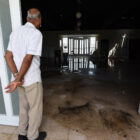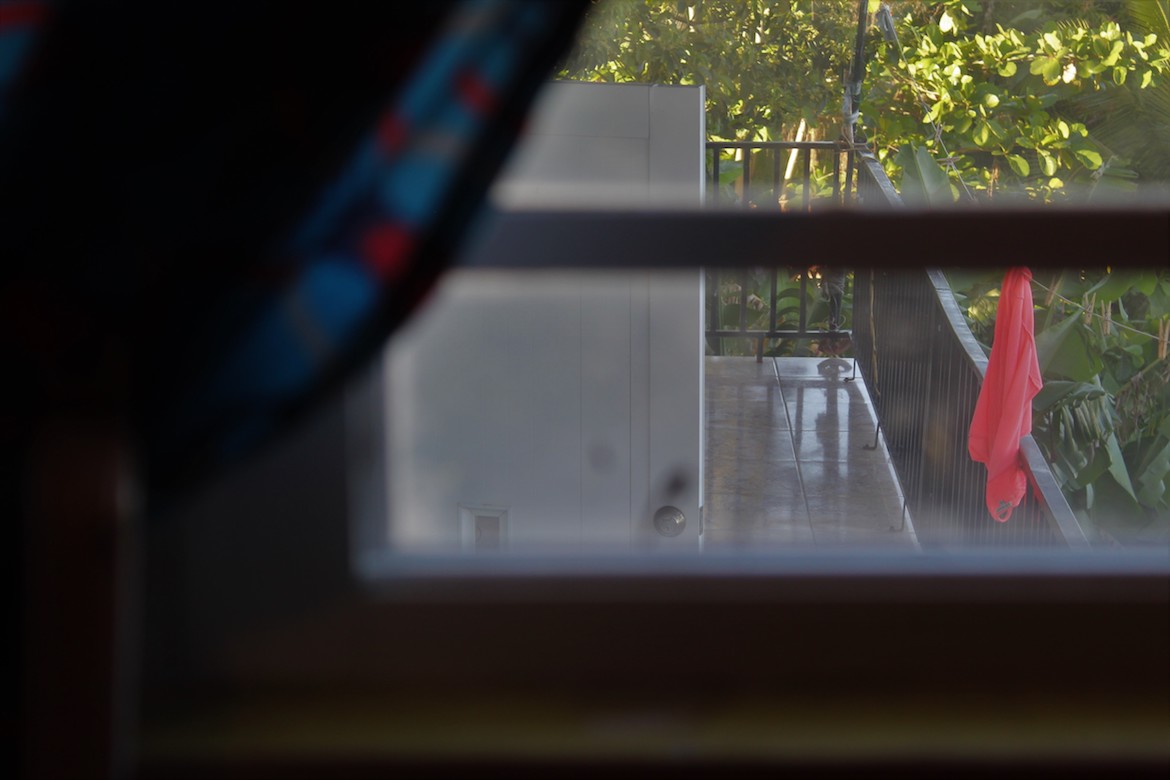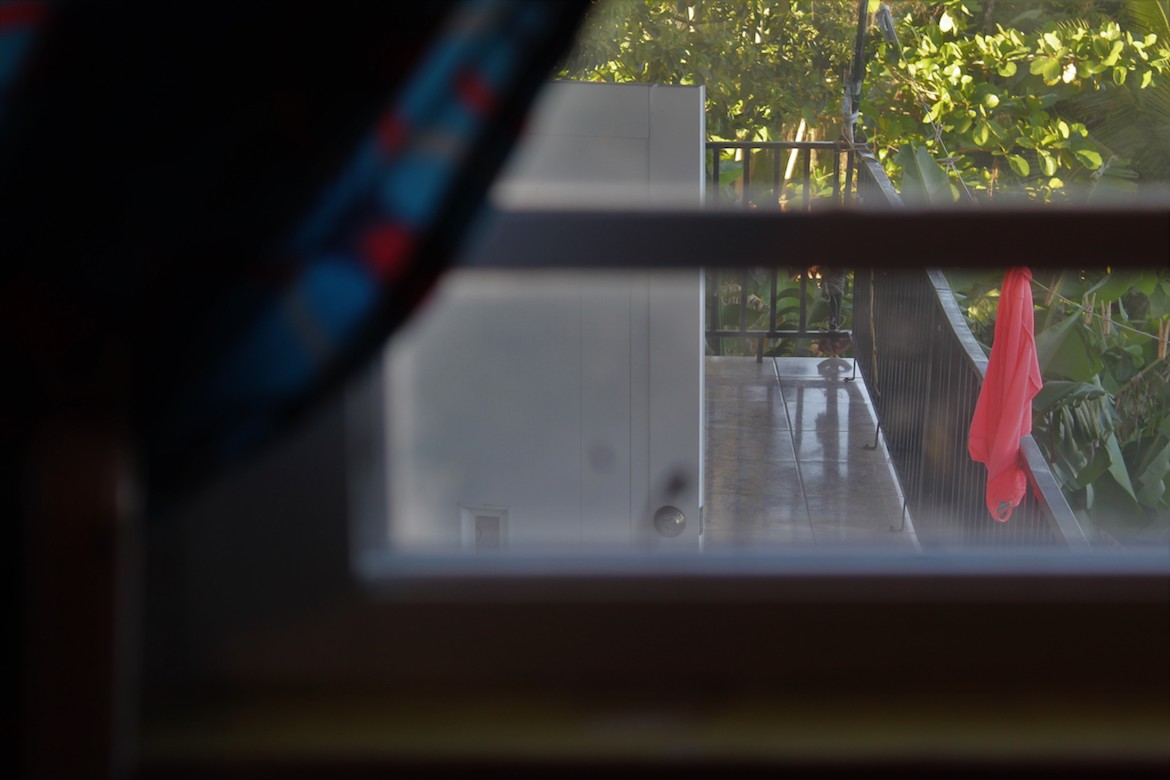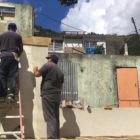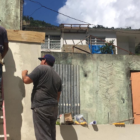En su teléfono tiene abierto WeChat, una aplicación móvil china similar a Facebook con la que puede textear y llamar.
Meili Deng, quien emigró en 2010 para trabajar como profesora visitante de mandarín en la Universidad del Sagrado Corazón, se conecta con WeChat con 1,500 chinos que residen en Puerto Rico.
En China, la aplicación incluso se usa para pagar en línea. En Puerto Rico, la utilizan para comunicarse entre sí y con familiares que permanecen en China. WeChat permite hasta 500 miembros por grupo, y en la Isla hay tres grupos de 500 llenos a máxima capacidad. Los miembros, por lo general, añaden a los chinos recién llegados. Los de mayor edad utilizan los grupos para vender frutas, publicar ofertas de empleo o enviar noticias sobre Puerto Rico y Estados Unidos que traducen del español o el inglés al mandarín.


